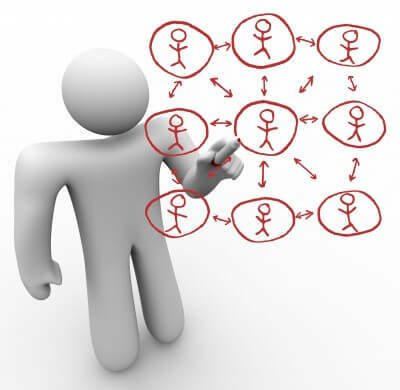The 5 whys They consist of the application of iterative questions that are used to investigate the relationships between the cause and the effect of a certain problem. Its main objective is determine the root of a problem where the question Why? should be repeated, where each of the answers will become the basis of each question.
The number 5 comes from practical observation in the number of iterations that are needed to solve the problem. It should be taken into account that not all of them contain a single root cause, in case you want to obtain several root causes, you have to ask a sequence of different questions.
Advertisements
The rules of this technique are not simple or strict in relation to the lines of questions that must be investigated to find the main causes of the problem. Because of this, the method has to be applied carefully, since the result will depend on knowledge and perseverance of all the people involved.

Advertisements
In this article you will find:
Steps to implement the 5 Whys
The objective to be followed is the identification of the last cause of the problemIn this way, it will be possible to obtain the origin of it and in the same way prevent it from happening again. For this, gradual actions and designs such as the following can be implemented:
- Gather all the people who are related to the problem or those who can be of great support to provide solutions.
- Clearly explain the reason for the meeting and what the technique to be applied consists of. Then, the case or problem is briefly presented and the documents that support the hypothesis will be shown to them.
- Provide the opportunity for each of the participants to express their own vision of the situation to be discussed.
- Once the points of view have been clarified, the first question will be asked, which could be why has it happened or what could be the reason? When the first possible causes are mentioned, they will be placed on a blackboard.
- Then proceed to do the same consecutively with the other questions until reaching the fifth why. It is important to keep in mind to go deeper and not ask about the same thing.
- Together with the participants, define an action plan that allows assigning identified procedures to the corresponding people.
- At the end of the session, the results of the session and the action plan are shared with all participants. If the whole team is involved in solving the problem, the level of motivation will increase favorably.
Advantages of the 5 whys
By understanding this technique, some advantages can be highlighted, such as the following:
Advertisements
- Its use is favorable and easy to implement.
- It allows the integration of other analysis tools.
- Quickly dig into the problem through the various iterations.
- Encourage teamwork, while they are aware of the case studied.
- It acts on the cause of the problem, preventing it from happening again.
Limitations of the 5 whys technique
It is a technique that can be implemented in high-level companies, since it has worked for them and gives them greater security in solving problems. However, it may be the case that this method falls short, due to the simple responses obtained and the insignificant information breakdown, leading to conclusions that are ultimately unrelated to the root of the problem real.
Those who want to use this technique should be aware of the limitations that it understands. Some of its limitations are:
Advertisements
- The possibility may arise to focus on the symptoms of the problem, rather than digging deeper to get to the true root cause.
- The researcher must have sufficient knowledge about the problem to be analyzed, if not having it, you will not have the ability to deepen your search and ask the appropriate questions due to your lack of knowledge.
- The person who has the responsibility of facilitating the questioning, has to be alone in front of to the situation and will not have the support to help you formulate the why's for the trouble.
- There may be a lack of balance in the responses, this is because some participants will express different responses and criteria for the same cause.
- Responses may run the risk of branching out, leading to the breaking point of not being able to find the cause root and consequently end up confusing the questions and answers that do not provide any type of solution.
How to replace the shortcomings of the 5 whys technique?
It is very important given the shortcomings of this technique, which may arise when defining the cause and effect of a problem, be prepared enough to be able to change the situation and thereby get to the root cause satisfactorily.
One possibility to get out of the stalemate is to get the necessary information. It is essential to have as much data as possible in relation to what needs to be analyzed. Otherwise, you could end up operating based on assumptions and consequently you could not reach conclusions that contain corrective actions.
Advertisements
A good solution is to convene the entire qualified team, so that everyone participates in formulating the appropriate questions along with all the possible information.
It is essential that you have knowledge of the problem with reliable foundations, this would be of great help so that the questioning questions don't go around the bush and end up in a more complicated situation than the point of departure.


